The Final Phase Begins
As Heads of State Arrive, COP15 Negotiations Are on the Rocks
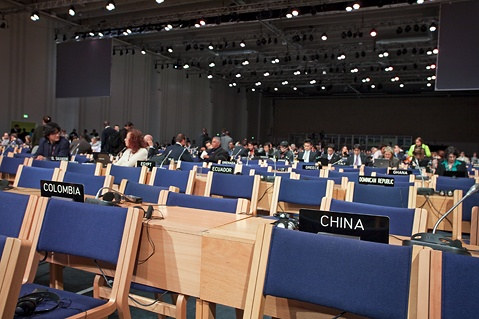
The final phase of the COP15 officially got underway this evening at the Bella Center and, in our honest opinion here at Operation Copenhagen, if you are holding your breath waiting for a definitive climate change-fighting agreement, you better plan to pass out. With more than 130 heads of state starting to arrive, chief negotiators for industrialized nations put on a happy face today, publicly expressing optimism that a sweeping deal is still a possibility, but, in the trenches, the feeling amongst lower level negotiators, journalists, and the many non-government organizations involved in the process is decidedly different. That is to say, the fourth quarter just started, Planet Earth is down a couple touchdowns, and the other team has the ball.
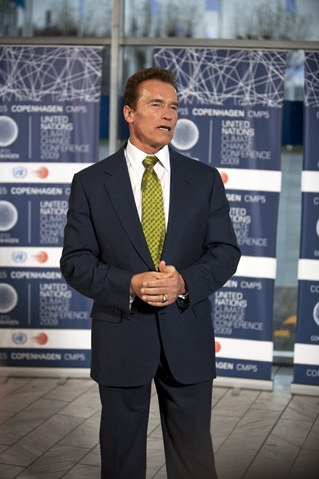
Certainly anything is possible but, like the snowy and rainy weather here in Denmark’s capital today, things sure aren’t looking too bright. As the COP15 Executive Director Yvo de Boer put it this afternoon, “There is still an enormous amount of work to be done if this conference is to deliver what the people around the world want it to.”
The omens were bad from the beginning this morning as Operation Copenhagen arrived to the conference. Lines snaked for as far as the eye could see, fences had been erected where previously freedom had been enjoyed, and tensions among conference-goers was running high. Pushing, shoving, and swearing in several languages were not uncommon as thousands tried to gain access to the Bella Center.
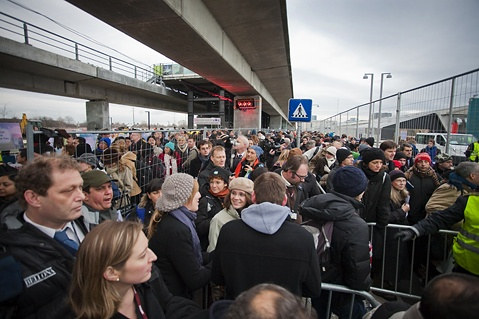
Many never made it inside. Ventura-based uber green clothing company, Patagonia, had its vice president Rick Ridgeway in town to present its new Freedom to Roam initiative – a program aimed at creating vital wildlife corridors for critters big and small. Ridgeway was an official guest of the conference, invited by the U.S. government and slated to present alongside climate scientists in an event this afternoon. Yesterday he waited in line for seven hours but never made it in. Today he waited for nearly five more hours and arrived to his presentation less than 30 minutes before it began. He was lucky. Many of the nearly 30-person strong UCSB contingent have yet to crack the nut of the Bella Center and they too are “official” guests.
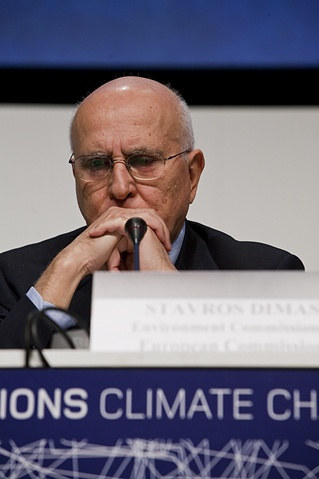
Once inside – and it took us about three times as long as any other day thus far – we made it in time for the second half of a markedly moving presentation by former president of Ireland Mary Robinson. A onetime high commissioner of the United Nations, Robinson was hosting a discussion on the various ways in which human rights sensitivities can – and must – inform the various long-term visions, be they public or private, for climate change reduction. To top it off, a cornerstone of Robinson’s presentation was a recently released study from the UC Berkeley School of Law co-authored by Santa Barbara native Caitrin McKiernan.
Unfortunately, that was about where Tuesday’s positivity ended. Sitting through numerous press briefings with lead delegates from the European Union, the African nations group, the United States, China, India, and the brain trust of the COP15 itself, it was clear that differences between parties still vastly out-numbered agreements on major issues like target reduction numbers, short-term and long-term funding mechanisms, and country to country special mitigation circumstances. After all, as Conference President Connie Hedegaard summed it up, “It is 193 parties that have to want to do the same thing at the same time … This is a UN conference and everyone has to agree on everything and if they don’t it gets stopped. That is just the reality here.” That being said, Hedegaard was adamant that a deal was still very much alive if two things were could happen. “We must have the United States on board,” she explained before adding, in reference to yesterday’s walkout by developing nations, “and we must somehow reflect the Chinese, India’s, and Brazil’s action.”
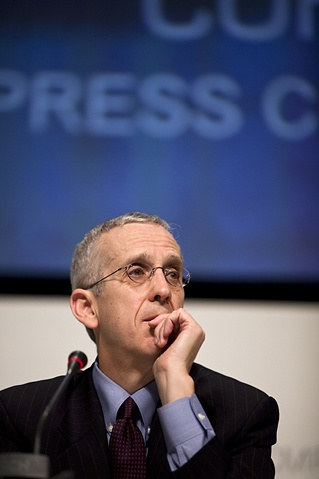
It is the latter that is a nuanced though incredibly important element of the current negotiations process. For carbon reduction to happen, industrialization as we commonly know it must also be curbed within a nation. For countries that are still developing, this is a very big conflict of interests. Furthermore, insult is added to this potentially growth crippling injury when one of the biggest carbon emissions contributors in the world (and one of the biggest economies), the United States, is unwilling to sacrifice as much as many of the little guys when it comes to target carbon reductions and money.
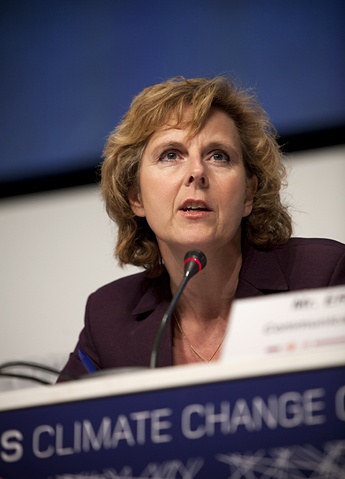
The flip of this is China, which, despite being the other largest carbon polluter our world has ever known, is also a developing country and, as such, is unwilling to box itself into an economic growth corner by committing to a treaty that might hurt it financially. It is a nasty stand-off (though both sides claim to be actively talking) and it has other nations literally picking sides during subgroup negotiations to such a degree that several times today conference facilitators literally had to pair up delegates from opposing countries with one another in hopes of breaking the stalemate. With the COP15 set to conclude in roughly 48 hours, this is not the state of affairs people had hoped for.
Also of note today from today, Governor Arnold Schwarzenegger showed up and, much to the delight of folks able to attend his standing room-only presentation on the roles state and city level governments can play in ushering in climate change-fighting policy, the Governator concluded his talk with an “I’ll be back” sound bite. Taking the showmanship up a notch, he was one of the only non-delegates to date to hold his very own press conference outside of his scheduled presentation, mugging for fans in a pre-planned meet and greet in one of the Bella Center’s many lobbies.
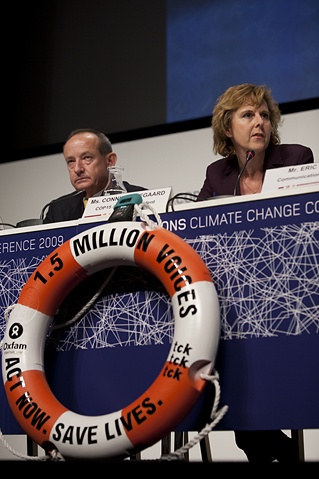
That’s pretty much it from the front lines of Operation Copenhagen for today, but stay tuned as tomorrow, Wednesday, promises to be anything but ordinary. At 8 a.m. Copenhagen time, the masses are rumored to be mobilizing at train stations throughout the city before making their way to the Bella Center in a coordinated effort to storm the convention. With more than 100,000 activists hanging around town and feeling properly disillusioned, nearly 70 percent of Denmark’s police force on call, and world leaders slated to start their official national statements at the Bella Center at high noon, the recipe seems ripe for mayhem. Even Conference President Hedegaard admitted today, “I believe that citizens out there might sense a discrepancy between their concerns and calls for action and what they hear coming out of the conference … And I certainly understand that.” I wonder if she will regret the roundabout call-to-arms should the revolution make it to the doors of the Bella Center.



